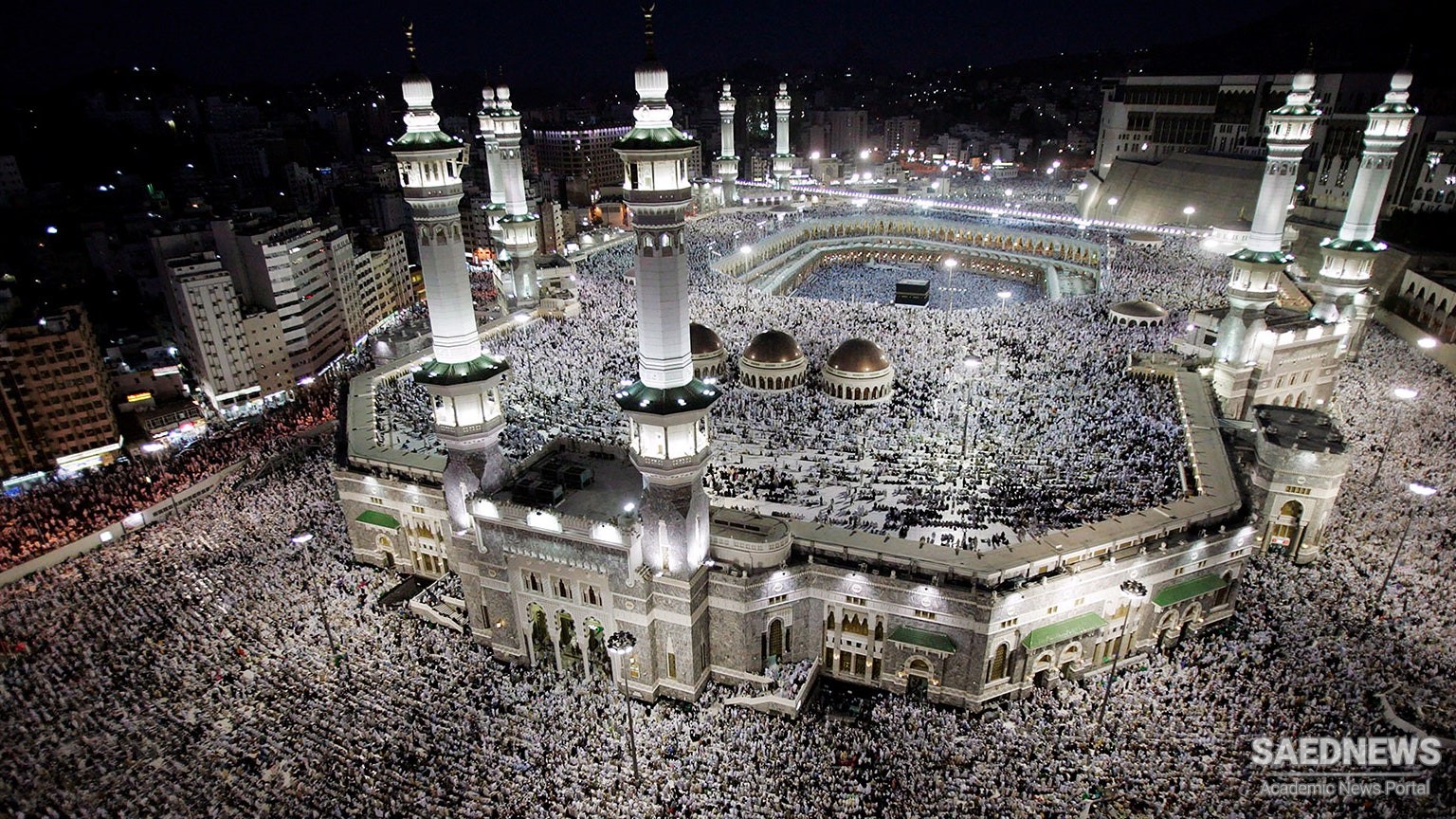This notion is important in examining pilgrimage as a form of tourism. Most researchers today do not distinguish between pilgrims and tourists or between pilgrimage and tourism. Rather, pilgrimage is typically accepted as a form of tourism, for it exhibits most of the same general characteristics in terms of travel patterns and the use of transportation, services, and infrastructure. For example, Gupta notes that “apart from the devotional aspect, looked at from the broader point of view, pilgrimage involves sightseeing, travelling, visiting different places and, in some cases, voyaging by air or sea etc. and buying the local memorabilia.” This is also noted by Eade who, in discussing pilgrimage and tourism at Lourdes, France, observed that pilgrims participate in typical tourist activities, dress like tourists, make similar purchases, and cannot be differentiated from their tourist counterparts in the manner they relax at night. Smith argues that tourists and pilgrims share the fundamentals of travel – leisure time, income, and social sanctions for travel – and in most instances the same infrastructure. Some researchers even view tourism as a quasi-pilgrimage in which travelers associate with other cultures seeking authentic experiences they feel they cannot gain at home. In this vein Turner and Turner write, “a tourist is half a pilgrim, if a pilgrim is half a tourist.”The other, opposing perspective is that pilgrims are not tourists. In this vein, travelers motivated by deep spiritual or religious convictions (i.e. pilgrims) are seen as somehow being different from those motivated by pleasure, education, curiosity, altruism, and relaxation. Typically, it is various religious organizations that hold to this viewpoint. Thus, from a religious institutional perspective, tourists are seen as vacationers while pilgrims are seen as religious devotees. Cohen differentiates between pilgrims, who journey towards the center of their world, and tourists, who travel away from their center to a pleasurable periphery. They are seen as having different virtues – the pilgrim being pious and humble and sensitive to the host culture, while the tourist is hedonistic, demanding and far more taxing on the destination in terms of services, needs, and desires. In sum, those who hold to this perspective essentially define pilgrims and tourists based on their motivation rather than activities and travel patterns (Source: Pilgrimage, Tourism and Spiritual Journeys).


 Sacred Tourism vs. Profane Tourism: Pilgrimage and Excursion
Sacred Tourism vs. Profane Tourism: Pilgrimage and Excursion














































